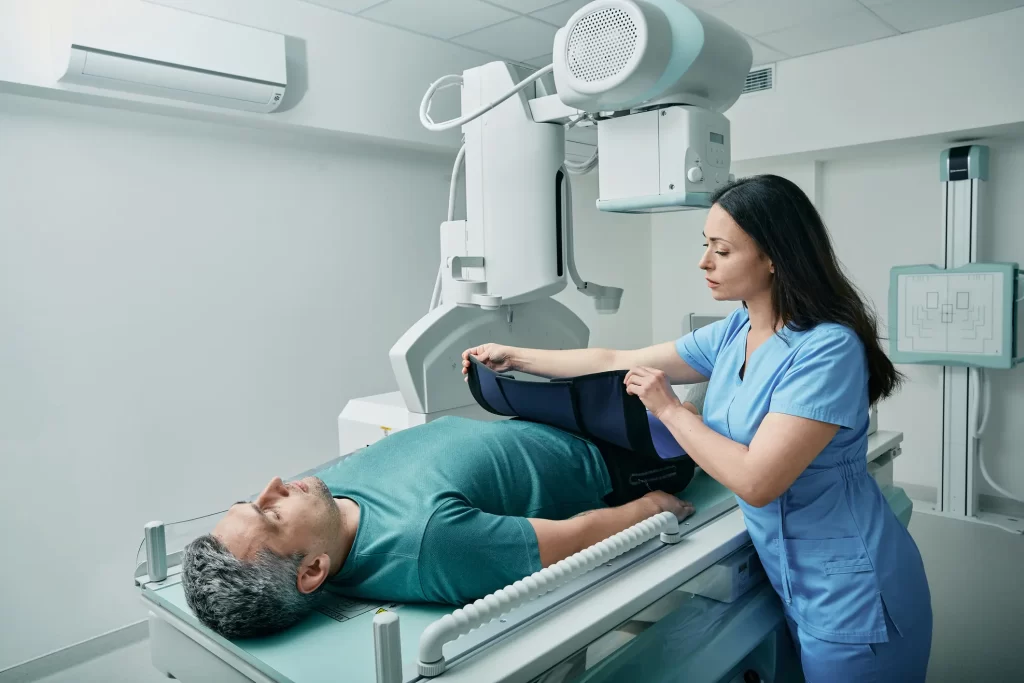In January 2021, the National Council on Radiation Protection and Measurements (NCRP) issued Statement No. 13, recommending against the routine use of gonadal shielding during abdominal and pelvic radiography. This shift reflects advancements in radiographic technology and a deeper understanding of radiation interactions with biological tissues.
Historical Context of Gonadal Shielding
Introduced in the 1950s, gonadal shielding aimed to protect reproductive organs from ionizing radiation, mitigating potential heritable genetic effects. At that time, concerns about genetic mutations from radiation exposure were significant, and shielding was deemed essential. However, decades of research have since indicated that the risks of heritable genetic effects are much lower than previously estimated.
Advancements in Radiographic Technology
Modern radiographic equipment has undergone substantial improvements, leading to a significant reduction in radiation doses during imaging procedures. Technological advancements have resulted in up to a 95% decrease in the absorbed dose to pelvic organs during radiography.

Physics of Radiation Interaction with Biological Tissues
When X-ray photons interact with biological tissues, they can be absorbed or scattered, leading to ionization—the ejection of electrons from atoms or molecules. This process can result in the formation of free radicals, which are uncharged atoms or molecules possessing an unpaired valence electron. These free radicals can cause damage to critical biomolecules such as DNA, RNA, and proteins, potentially leading to cellular dysfunction or death.
Impact of Gonadal Shielding on Radiation Dose and Image Quality
While gonadal shielding was initially intended to protect reproductive organs, it can inadvertently increase radiation exposure and compromise diagnostic image quality. Shielding materials can interfere with automatic exposure control systems, leading to increased radiation doses to obtain adequate image quality. Additionally, improperly placed shields can obscure anatomical structures, necessitating repeat examinations and further increasing radiation exposure.
Conclusion
The NCRP’s updated recommendations against routine gonadal shielding during abdominal and pelvic radiography are grounded in contemporary scientific evidence and technological advancements. Modern radiographic practices prioritize minimizing radiation exposure while ensuring optimal image quality, rendering routine gonadal shielding unnecessary and potentially counterproductive.
Sources:
NCRP Recommendations for Ending Routine Gonadal Shielding During Abdominal and Pelvic Radiography
NCRP Recommends Against Routine Gonadal Shielding | American College of Radiology
Biomolecular radiation damage | Radiology Reference Article | Radiopaedia.org



